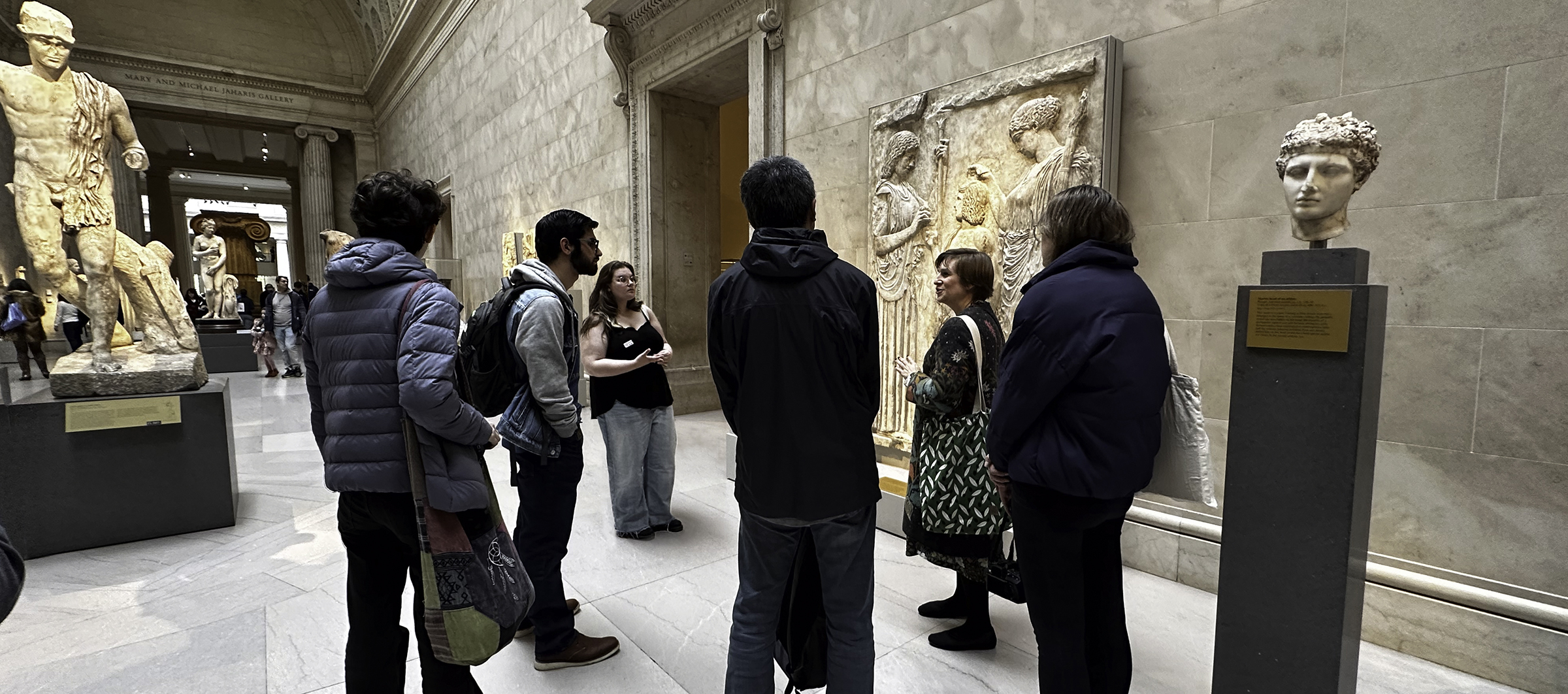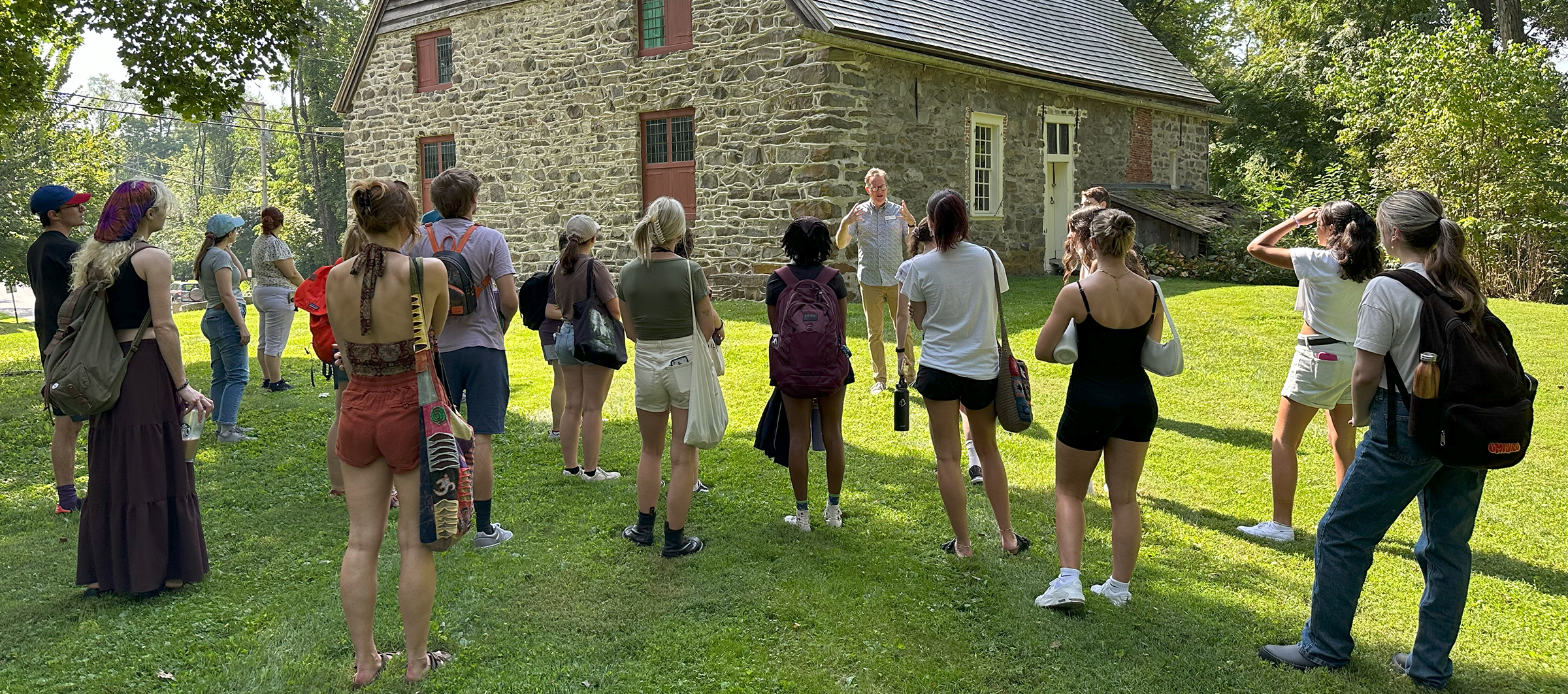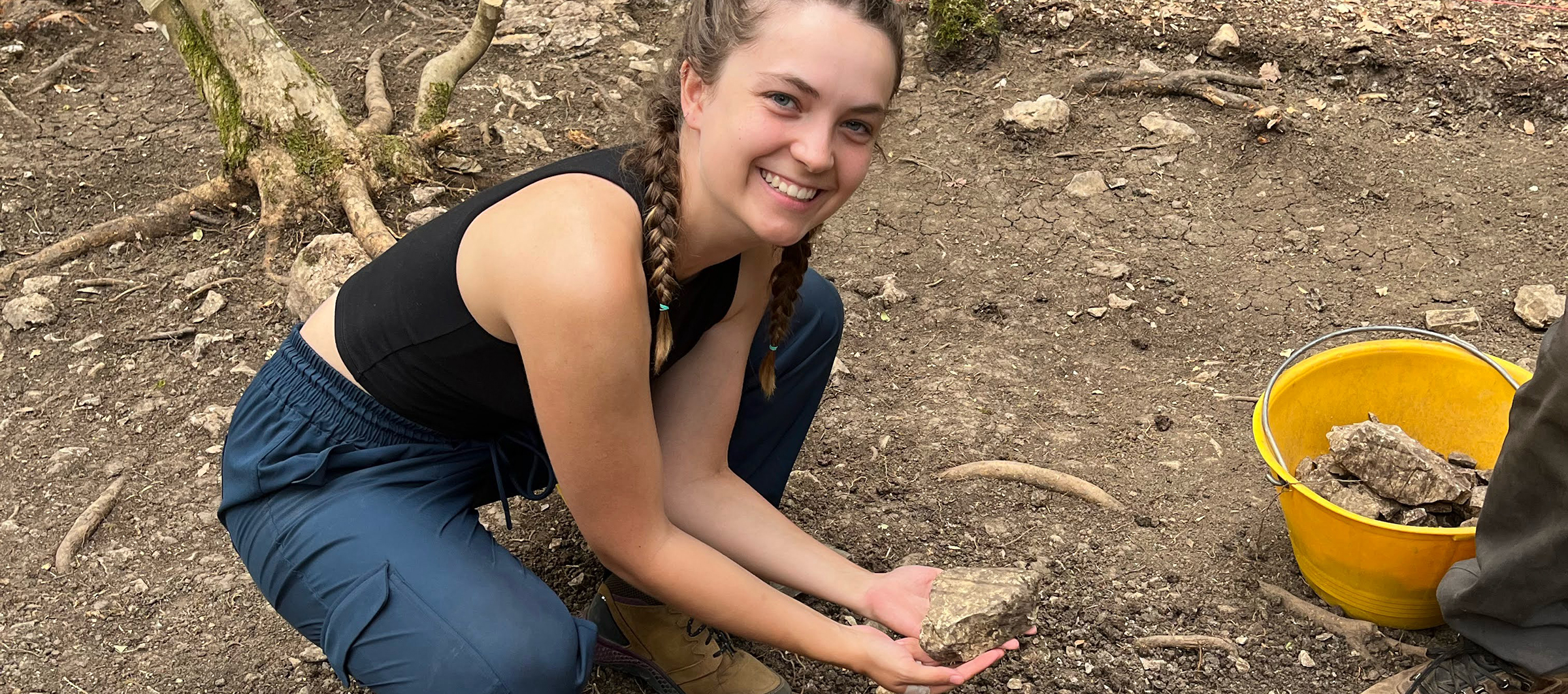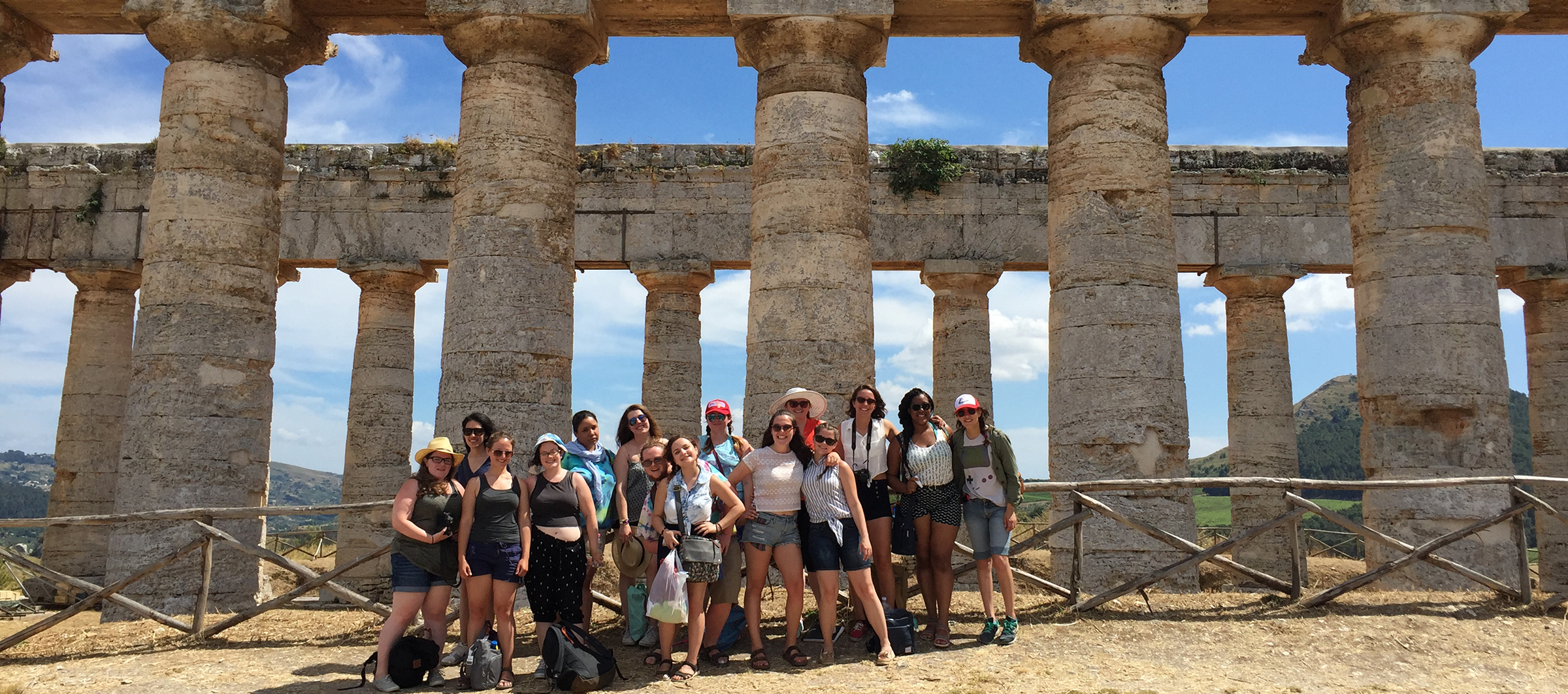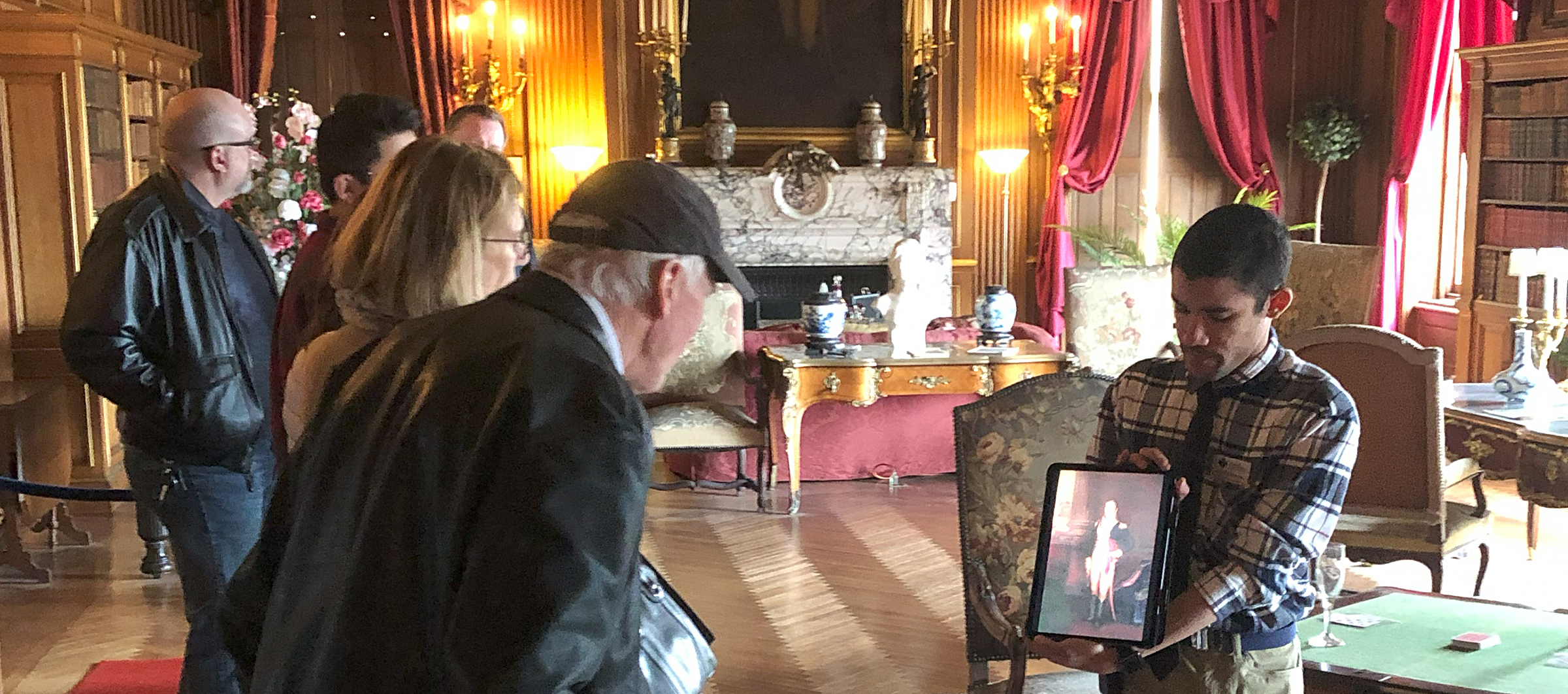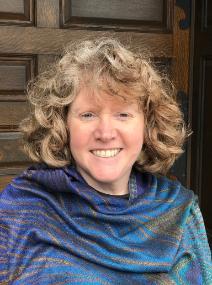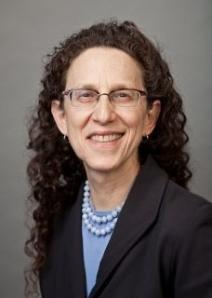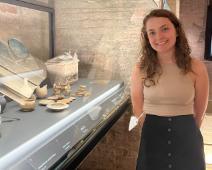Our Mission
The Department of Art History is committed to providing students with a broad and varied understanding of world art traditions, and to fostering an approach to interpreting art, based on sound critical thinking, analytical skills, and an awareness of historical context.
The Department
The Department of Art History is dedicated to the teaching of undergraduates. Small class sizes, usually comprised of fifteen to thirty-five students, allow for individual attention and close interaction with faculty and other students. All courses count toward the liberal arts requirement.
The breadth of courses offered by the Department of Art History, ranging from prehistoric times to the present and covering nearly all areas of the world, is rarely found at four-year colleges. Since 1964, the State University of New York at New Paltz has offered a Bachelor of Arts degree in Art History with a wide variety of courses in the history of painting, sculpture, architecture, graphic and decorative arts, design, and photography. A minor concentration in Art History is available, as is an Art History major concentration within the Early Childhood & Childhood Education curriculum.
Art History Student Learning Outcomes
Students in Art History classes will:
- Learn to recognize and define the artistic styles of historical periods
- Analyze the meaning and cultural context of works of art
- Explore the materials and creative processes involved in producing artworks
- Articulate the significance of images
To find out what you can do with this major, click here.
Want to Help Art History Make a Difference?

